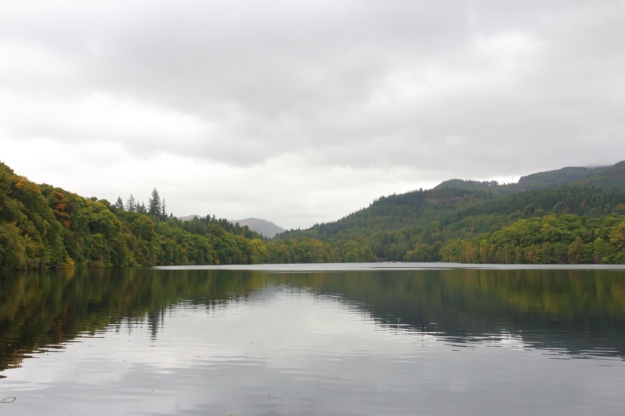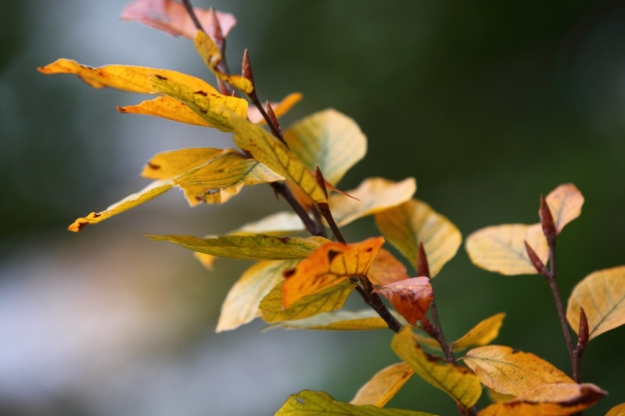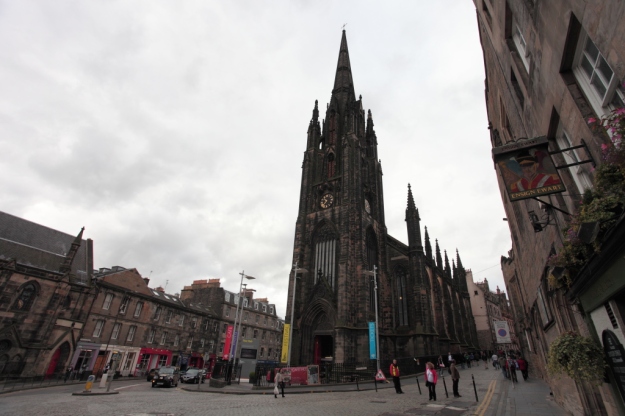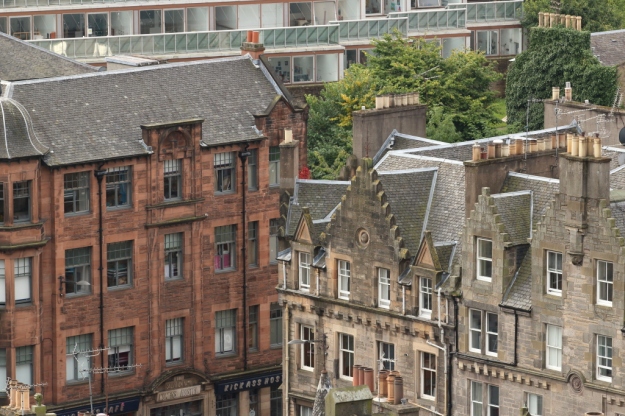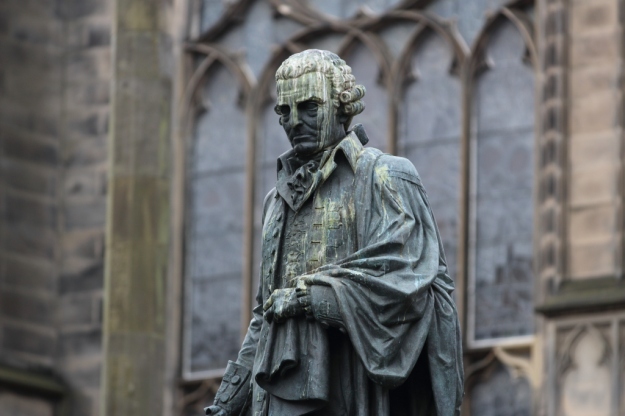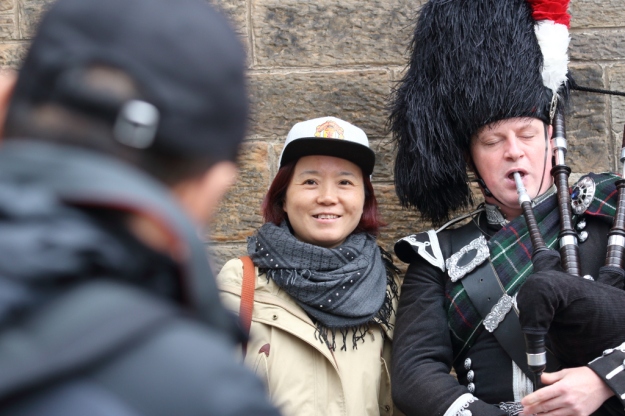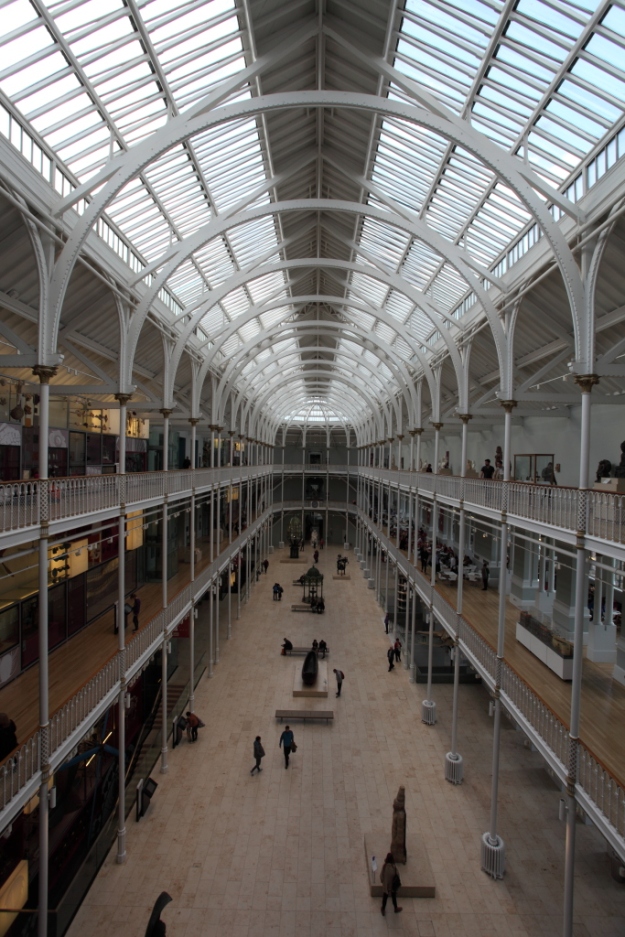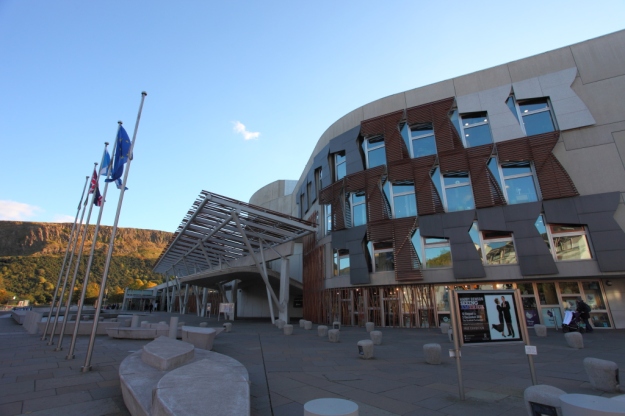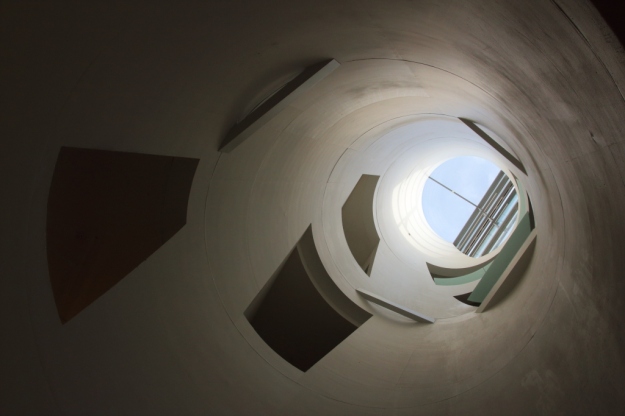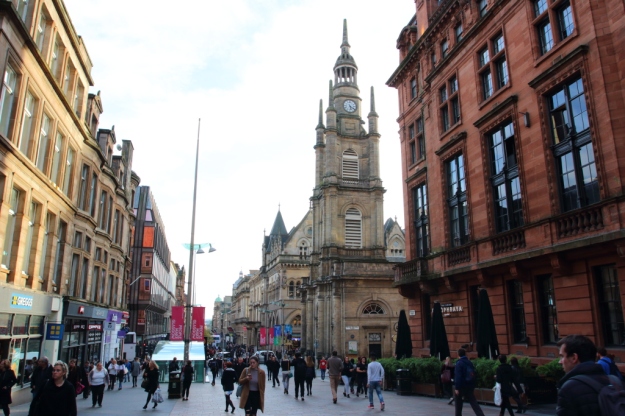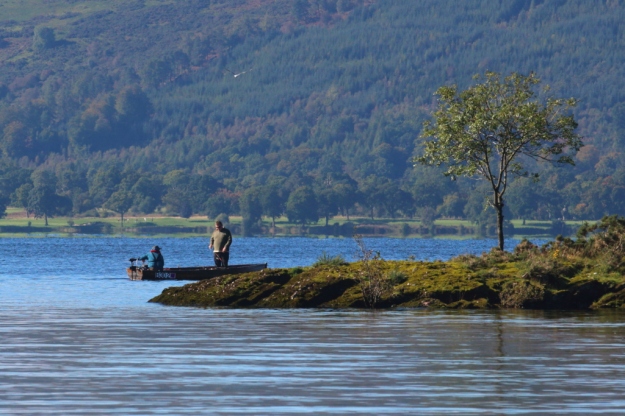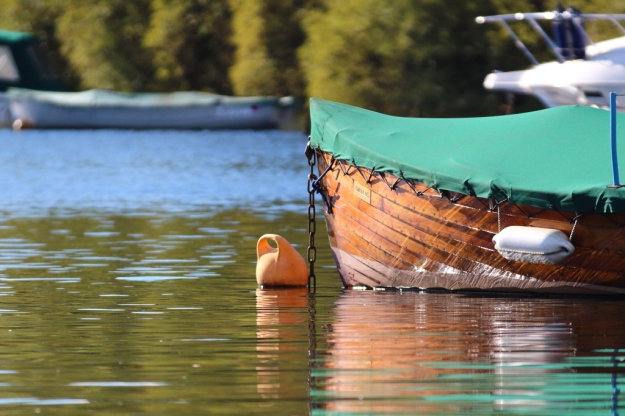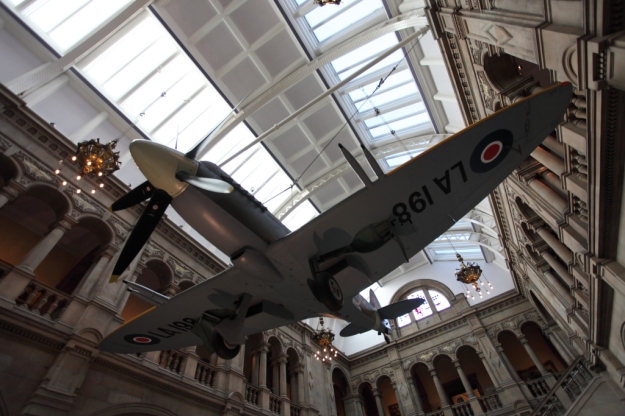
On our eighth day in Glasgow, we walked out to Kelvingrove Art Gallery and Museum again. We started by crossing George Square, and up the pedestrian shops of Buchanan Street past this unusual statue. I found out later it’s of Donald Dewar, the initial first minister of Scotland. The walk took about an hour, across the high street of Sauchiehall, where I tried to find the loud man again who sat by the Pret a Manger.
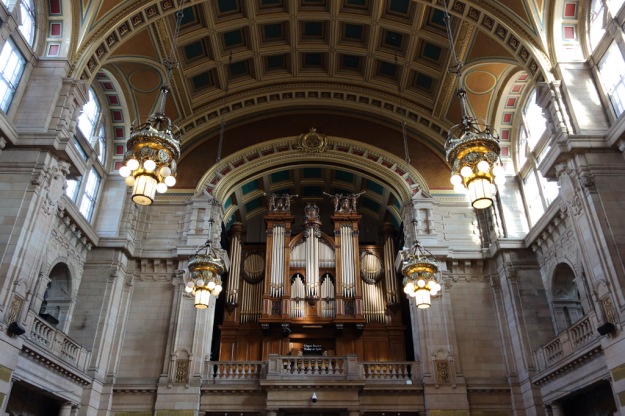
We had lunch at Table 11, a nice restaurant on Argyle Street, not far from the museum. We had a crab linguine with chili, prosciutto wrapped pigeon with confit potatoes, a laksa lobster dumpling, and roasted beets with salt. It was really nice.
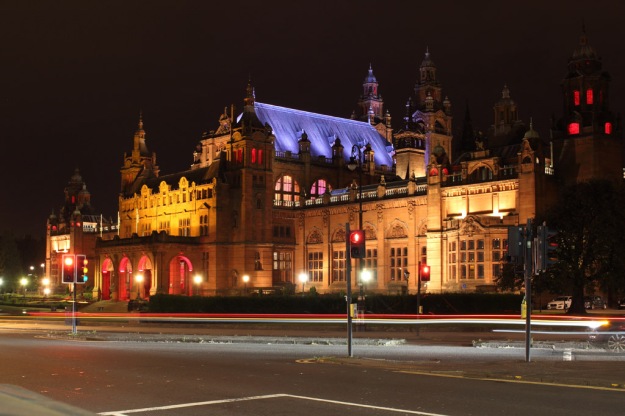
Later in the evening, Siobhan and I returned to the area to have dinner at the Gannet. Dinner included sous vide cooked deer and a black pudding scotch egg. While here in Scotland, we have managed to have black pudding, scotch eggs, fish and chips, and other Scottish delicacies. However, we skipped deep fried Mars bars.
This photo was taken at night in front of the Kelvingrove Museum using a long exposure propping the camera up on a garbage can. I end up taking one long exposure shot per trip, the first somewhere in Tokyo about eleven years ago.
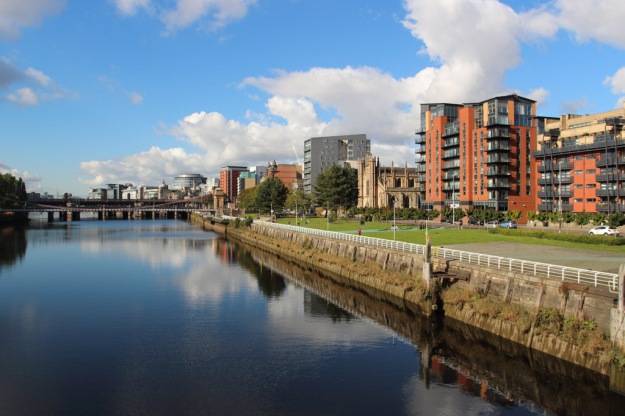
Our ninth and tenth days were spent with family, where we walked across the River Clyde to see the Gorbals, an area where Siobhan’s family lived many years ago. The area has gentrified and changed significantly with modern flats and townhomes where tenement houses were before. The riverside view as we crossed over the bridge was bright and attractive that afternoon.

The morning of our tenth day, we went back to see the closed observation platform at the Lighthouse, where we could climb up and take a view in of Glasgow. In the cool fall morning, the view was clear and we could see the beautiful old buildings of the city center, with the cranes of new construction stretching out in the distance.

Overall, our trip to Scotland was enjoyable and at a slightly different pace than previous travels. Glasgow is a wonderful city with a number of sights not far off on day trips. We had a great time and will likely return in the future to see other parts of Scotland.
